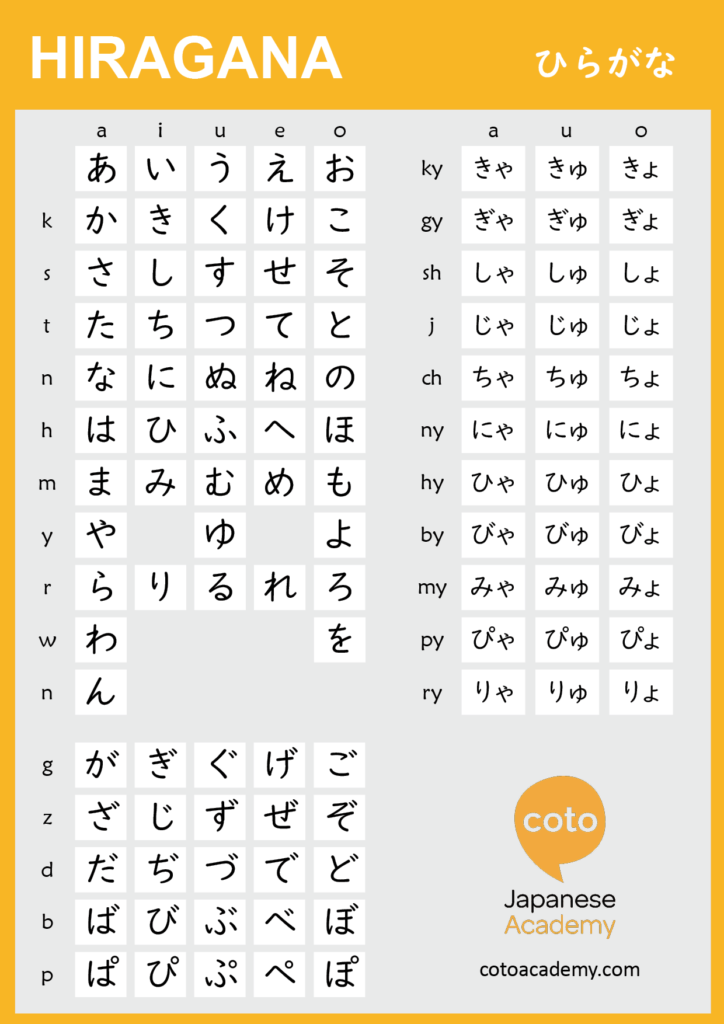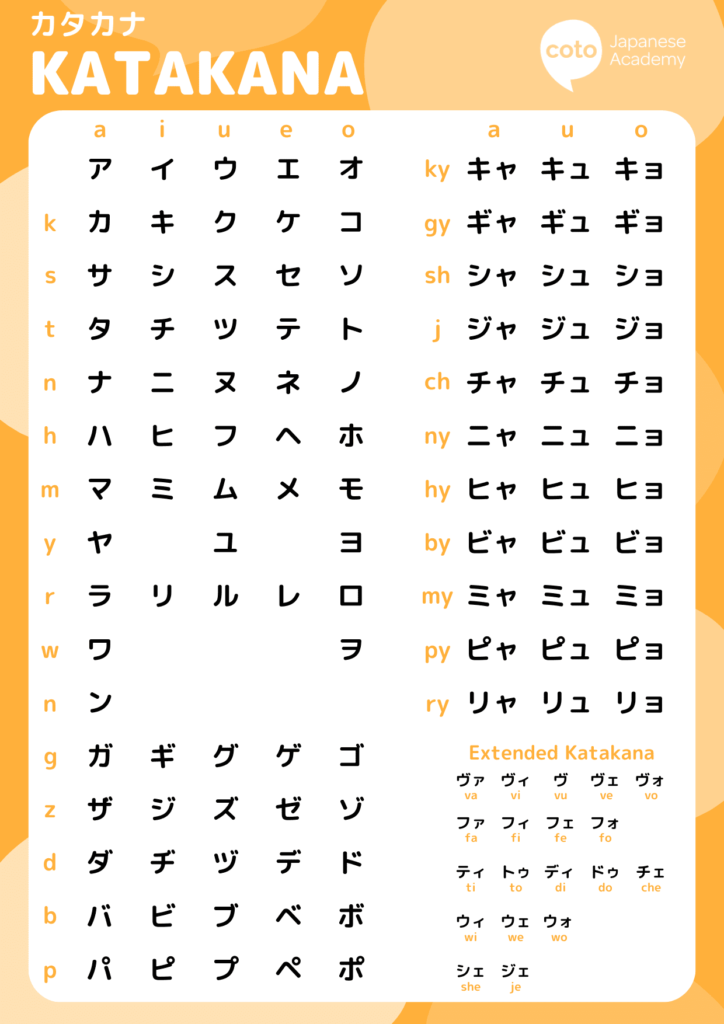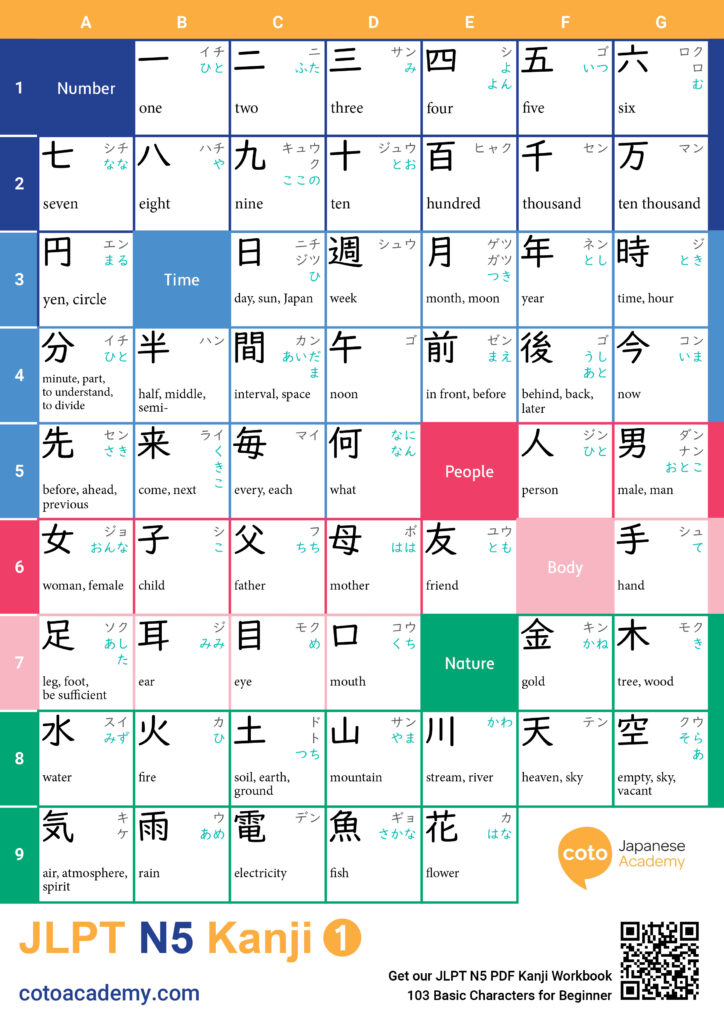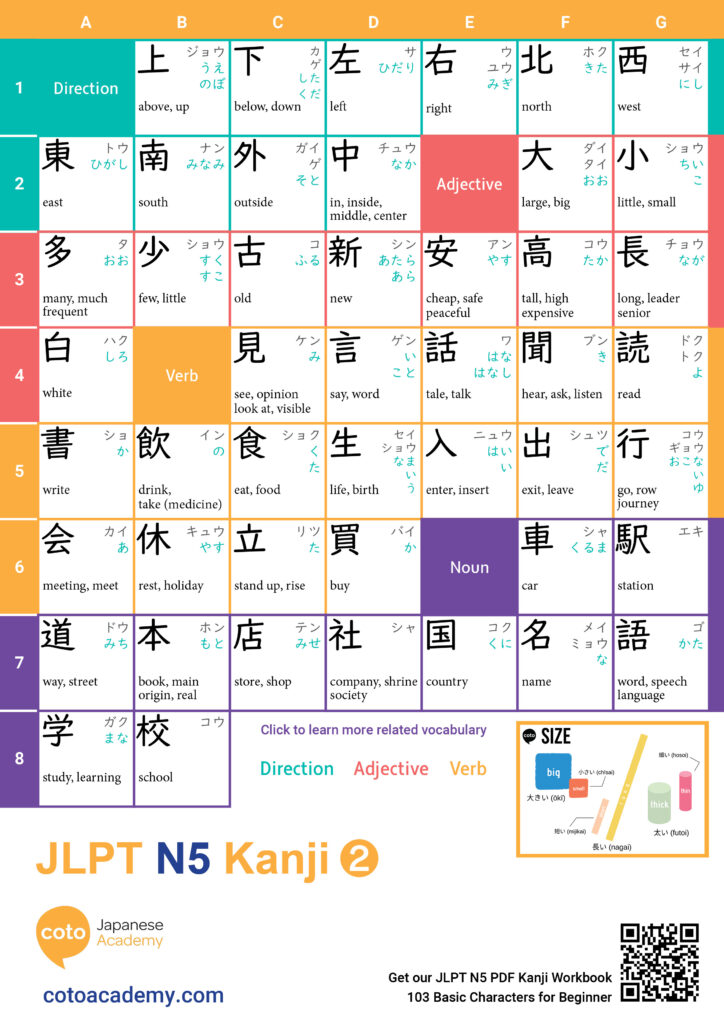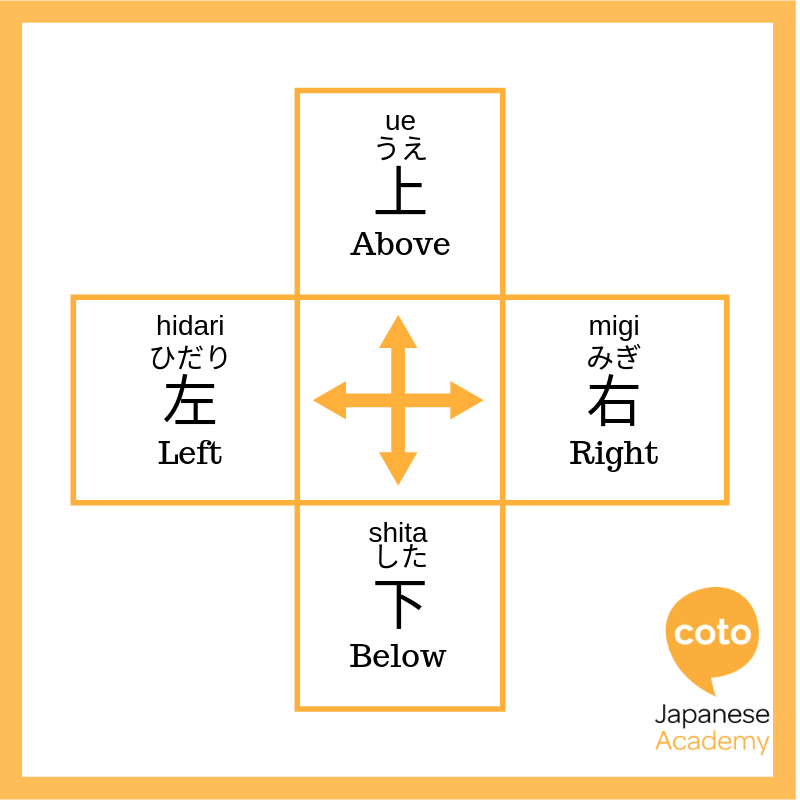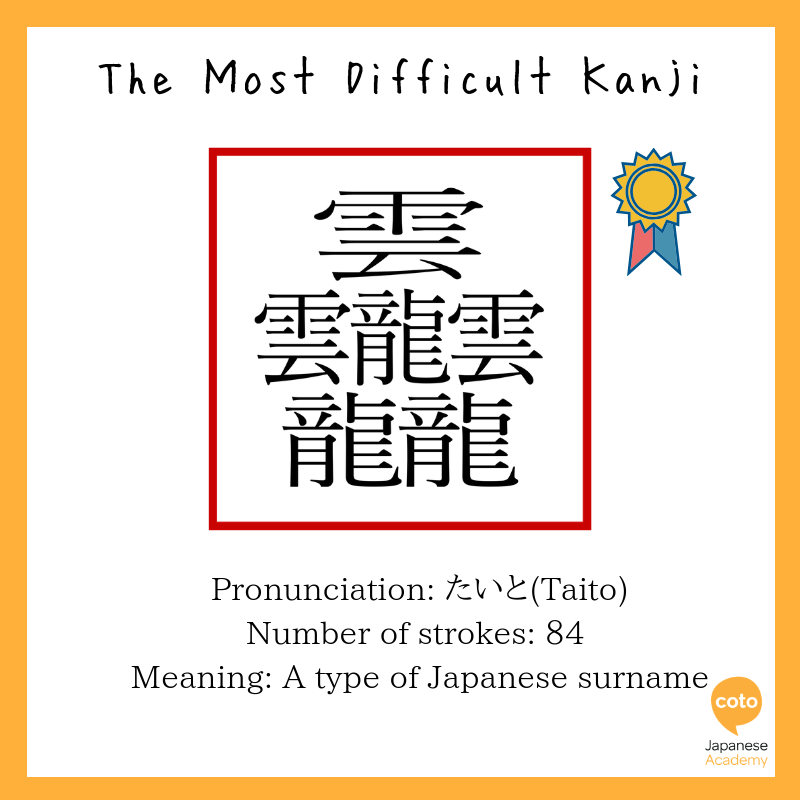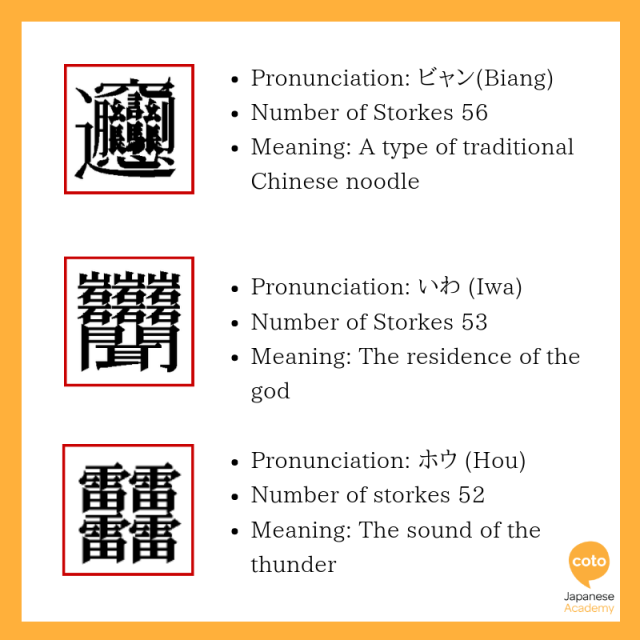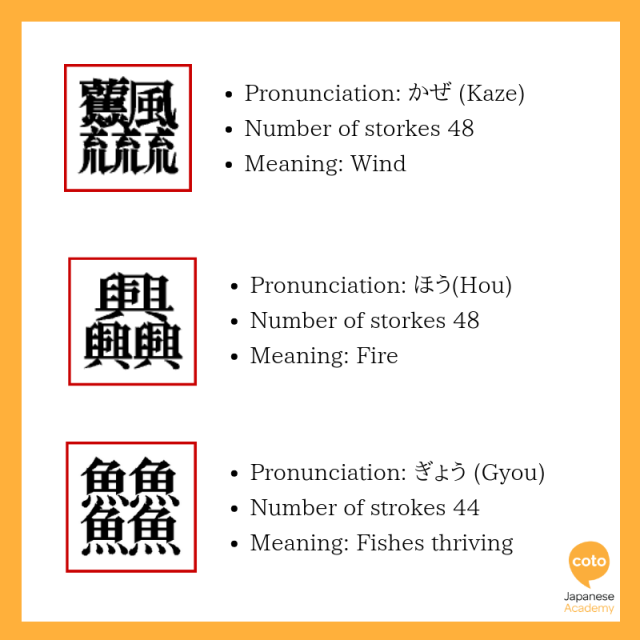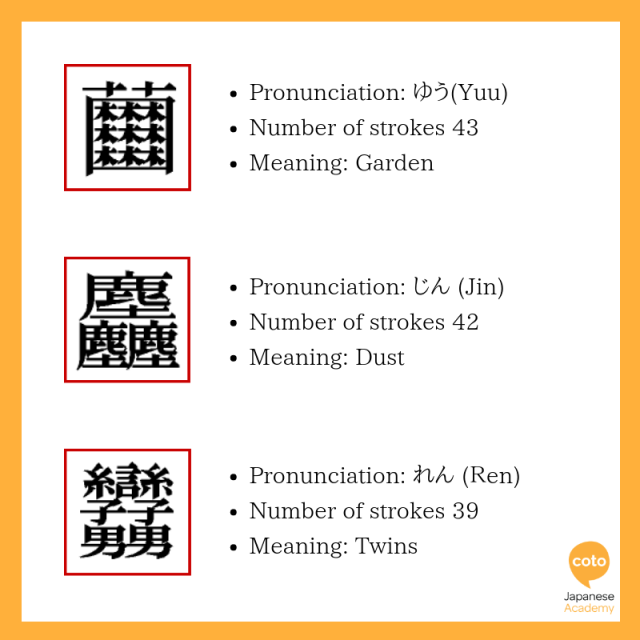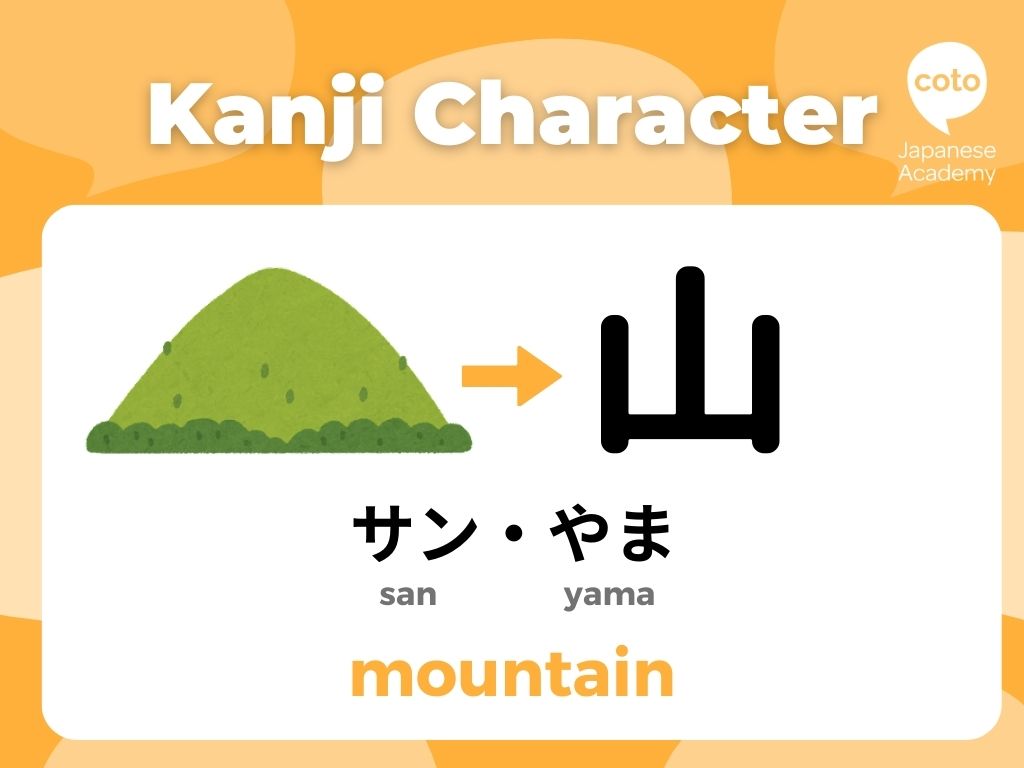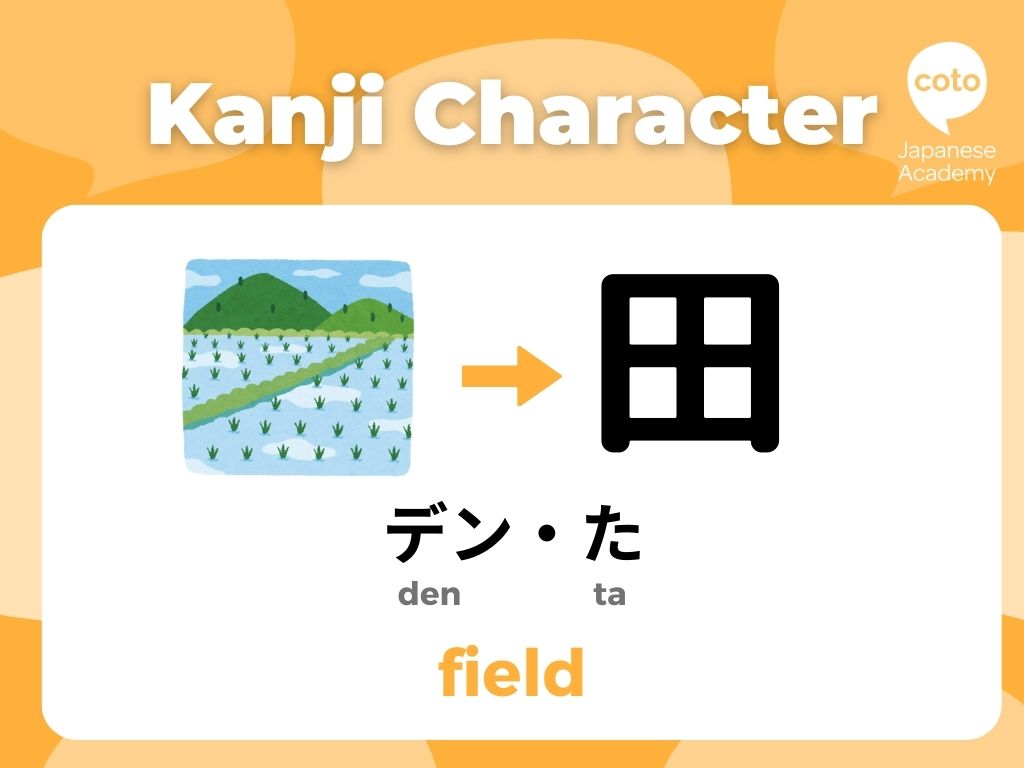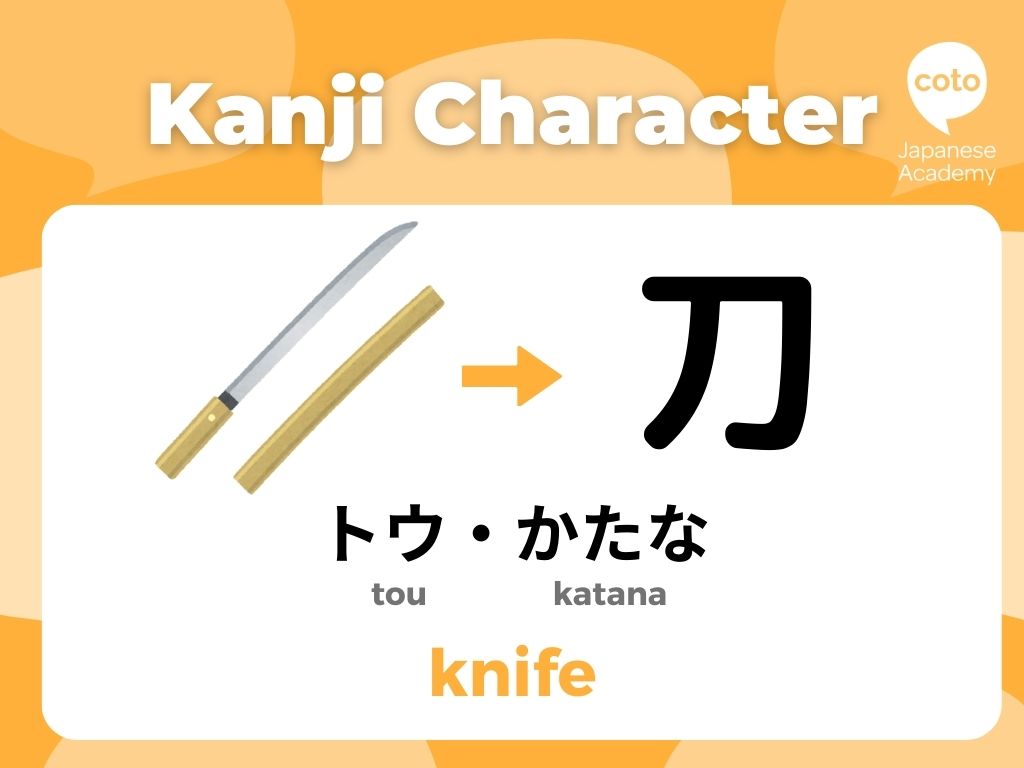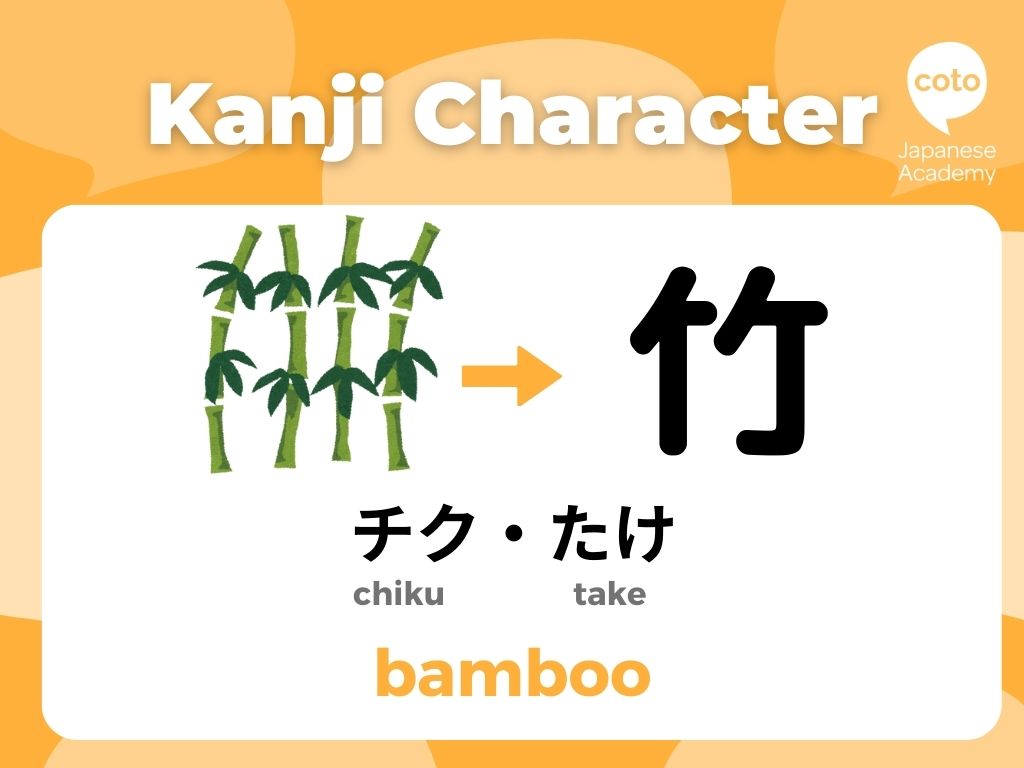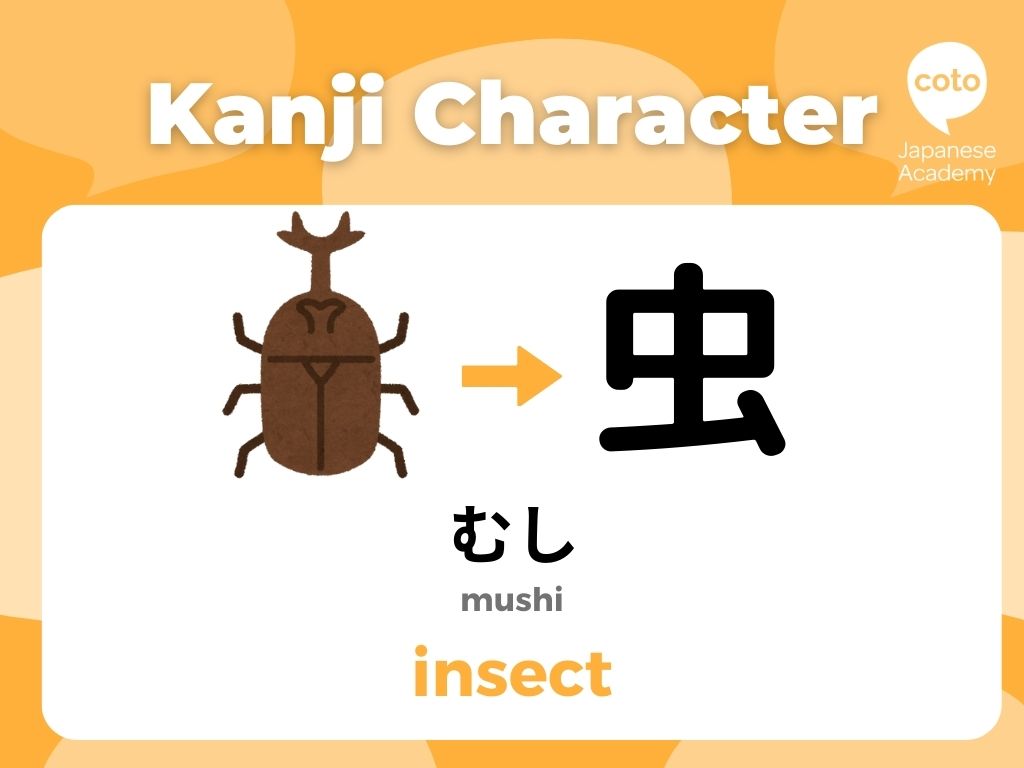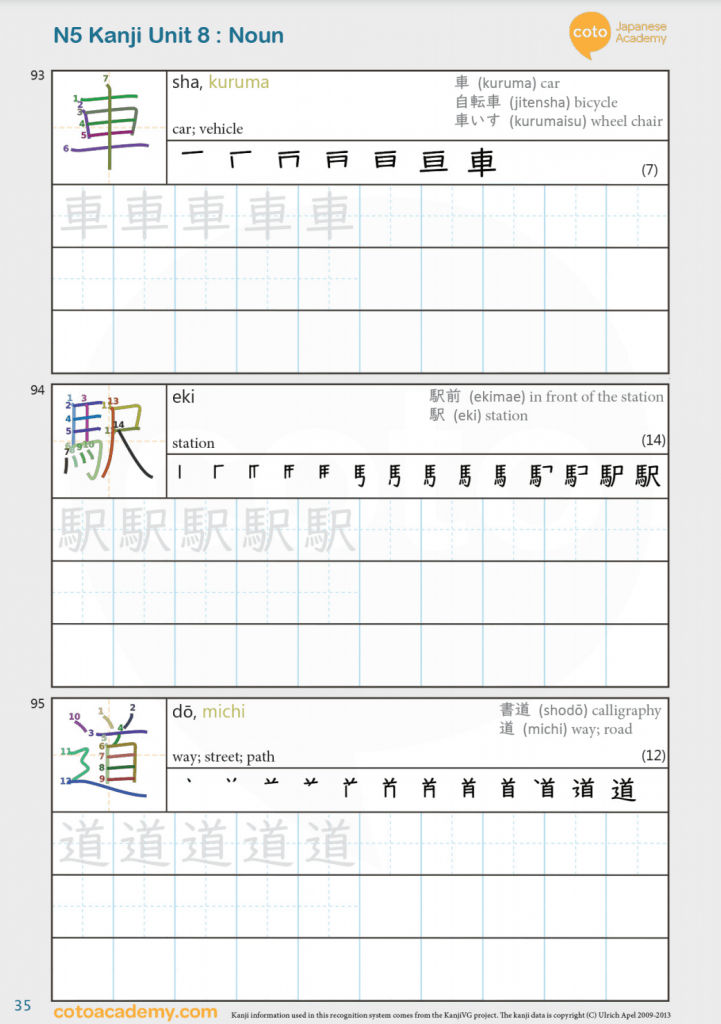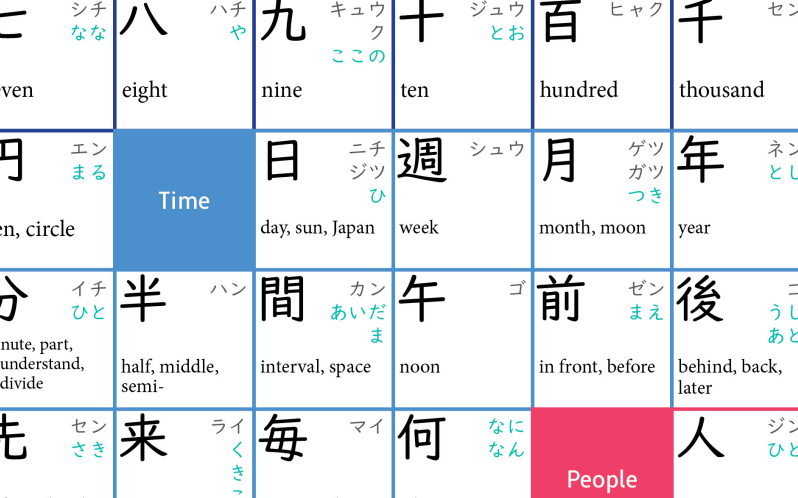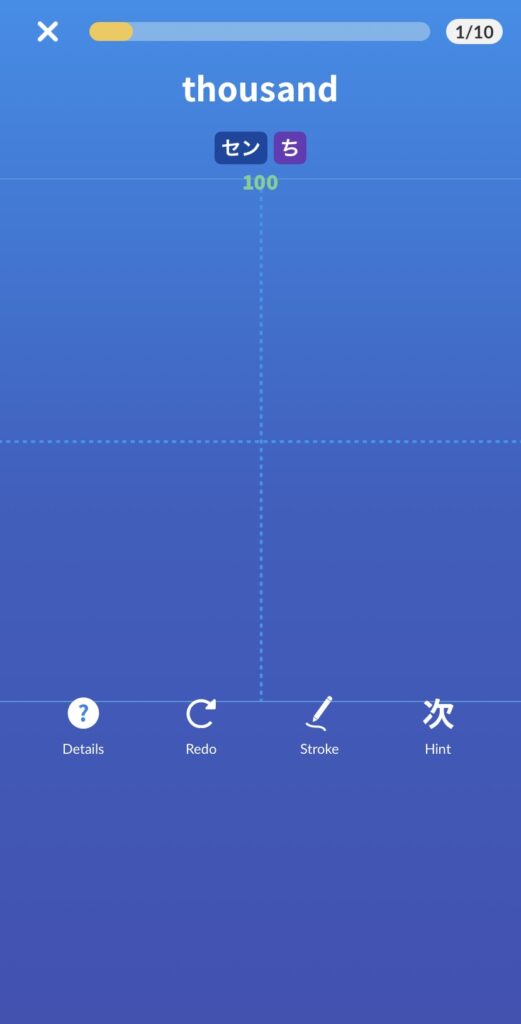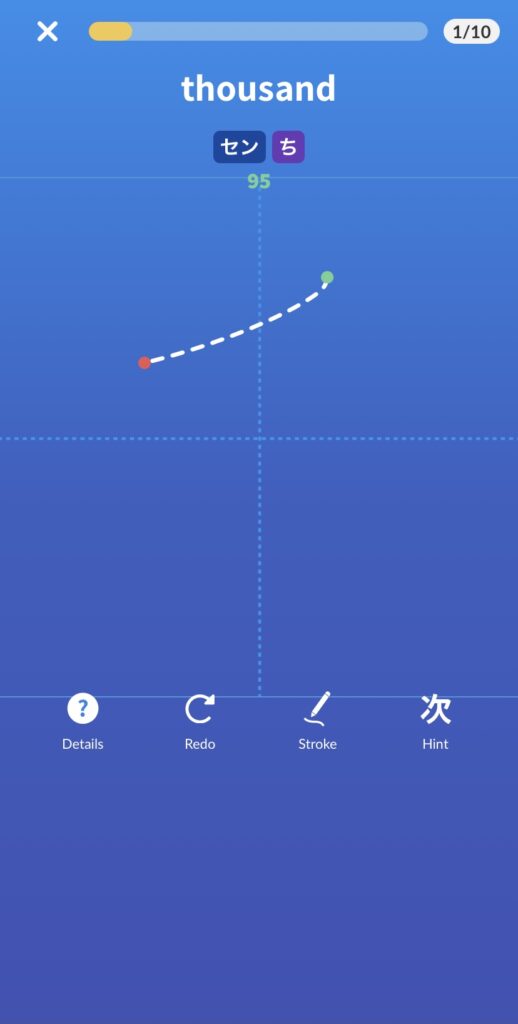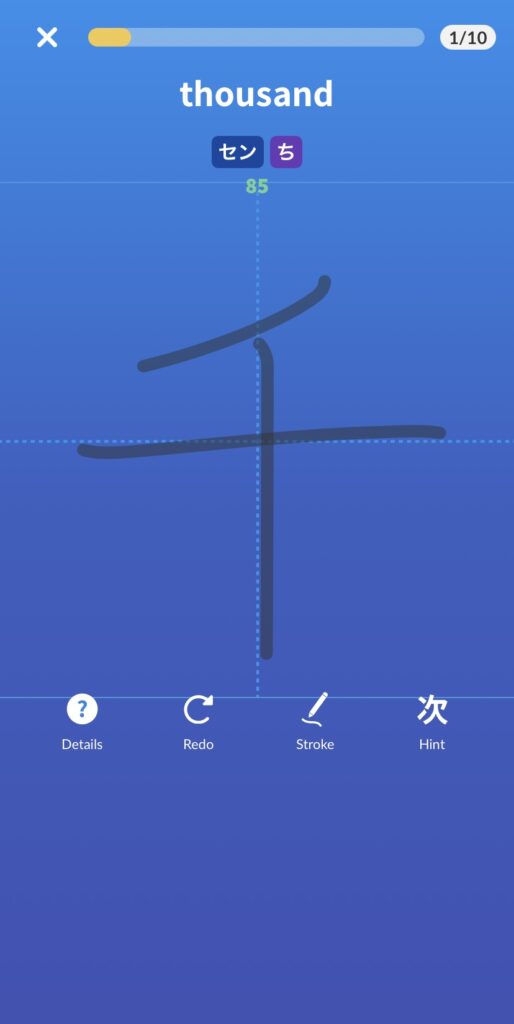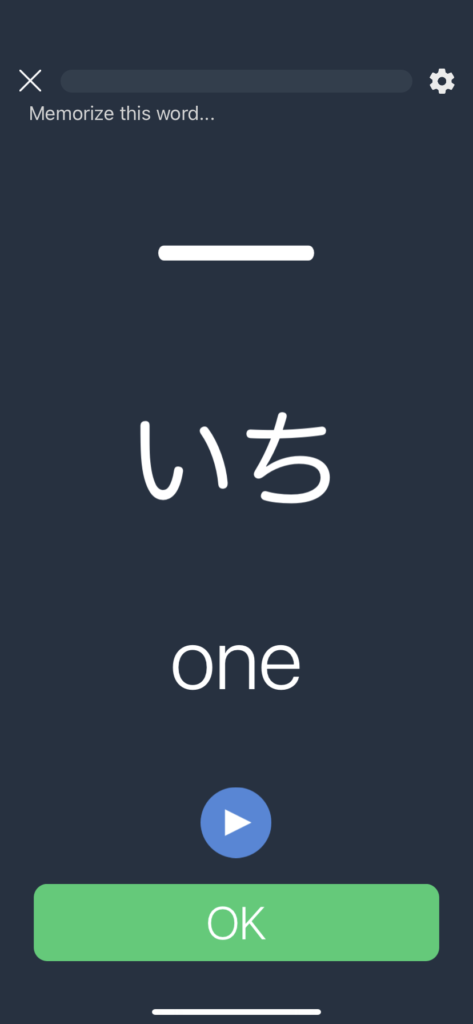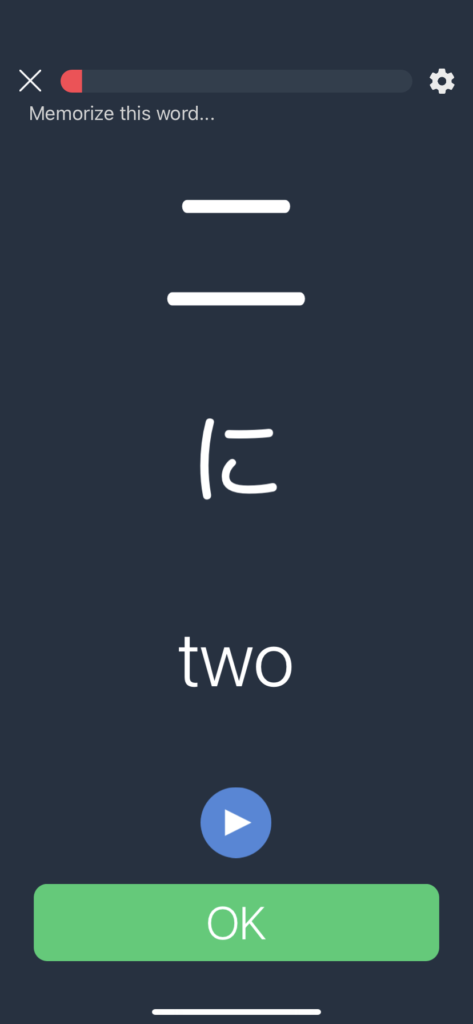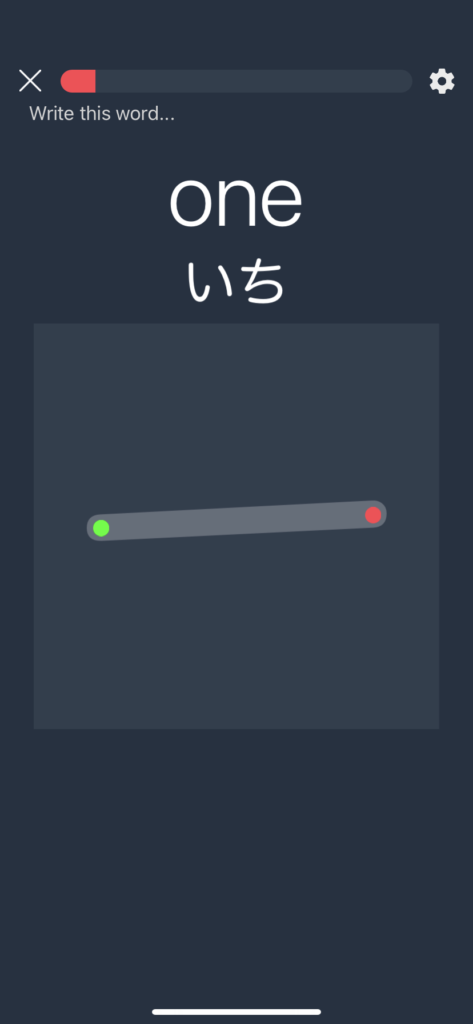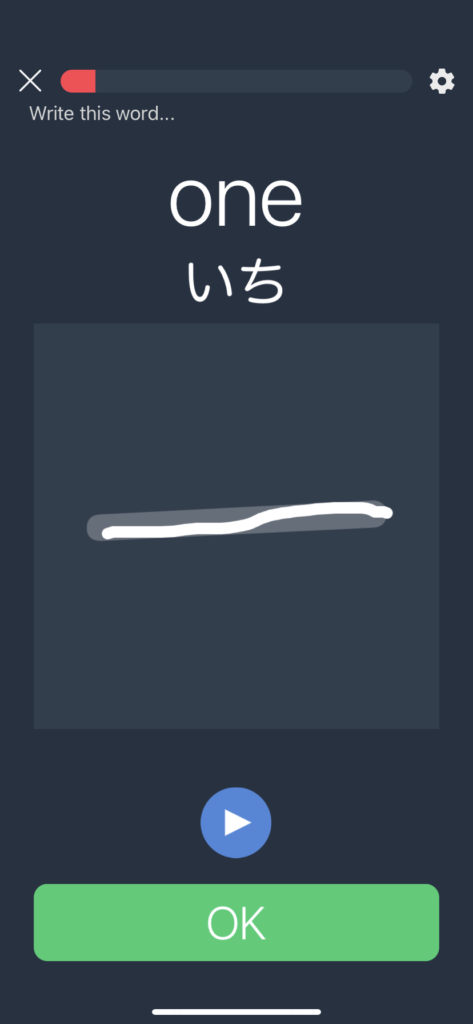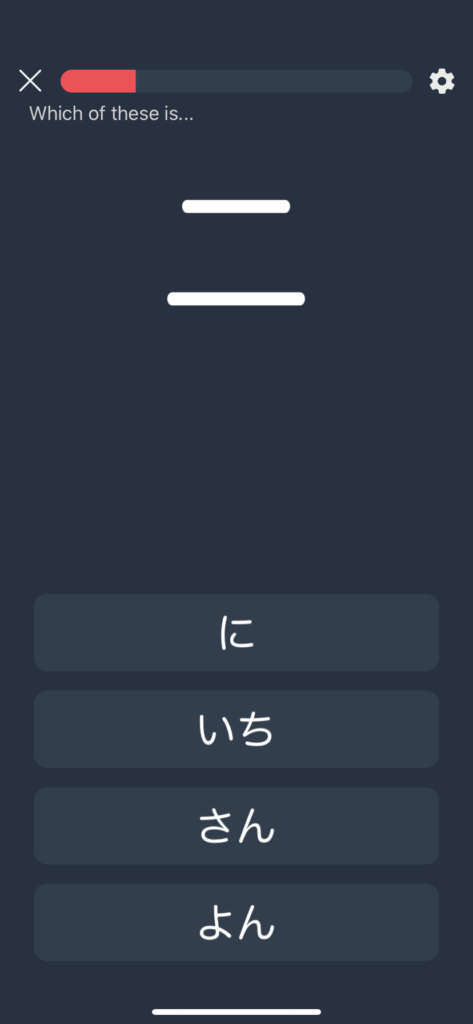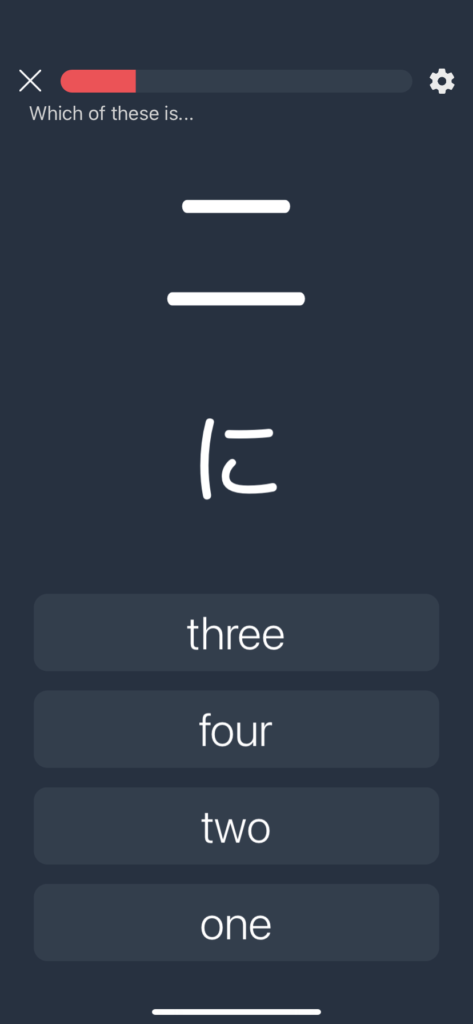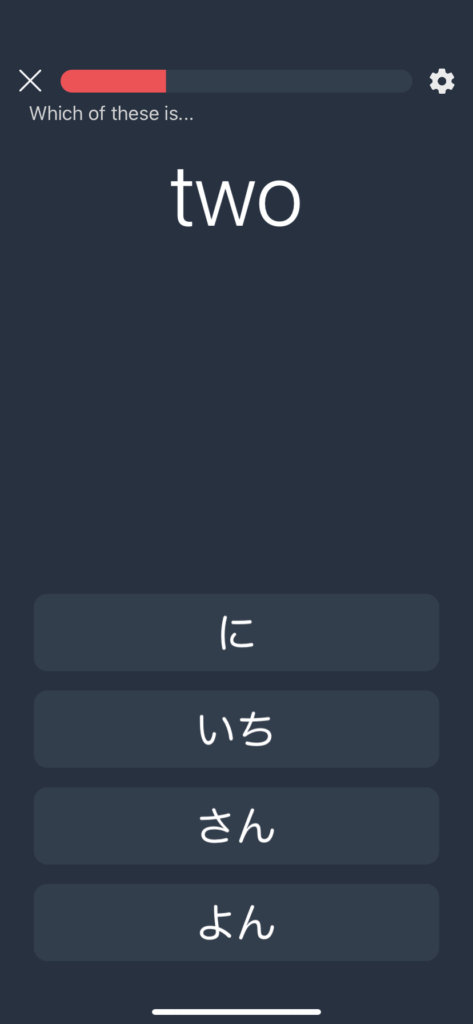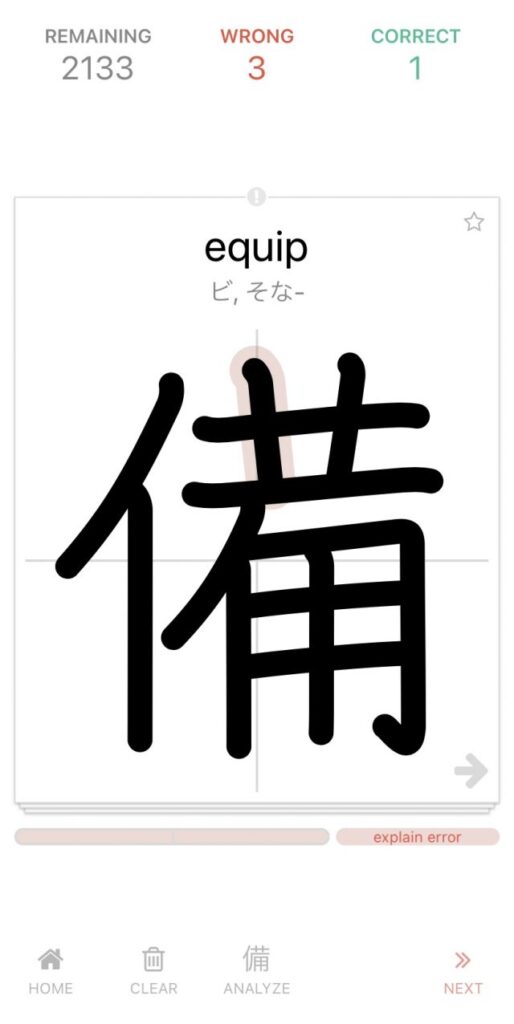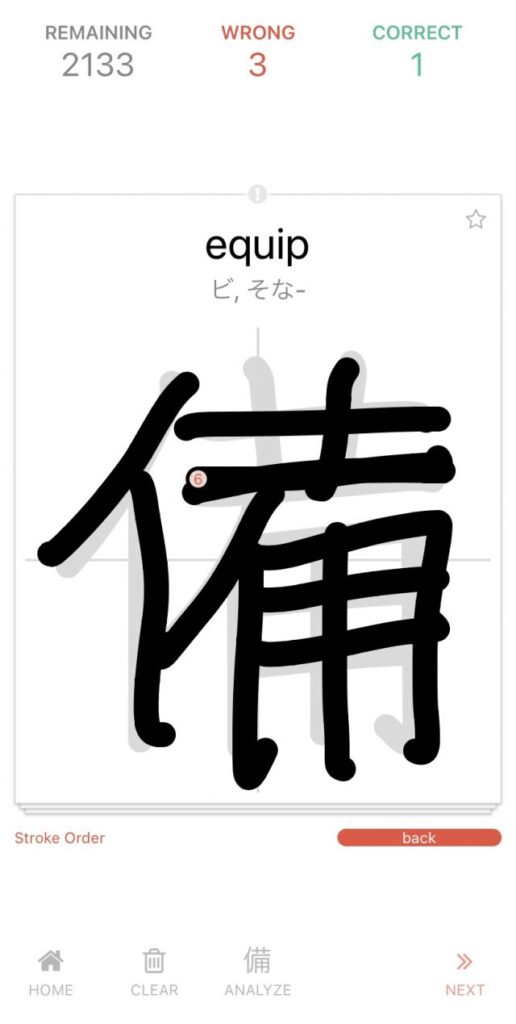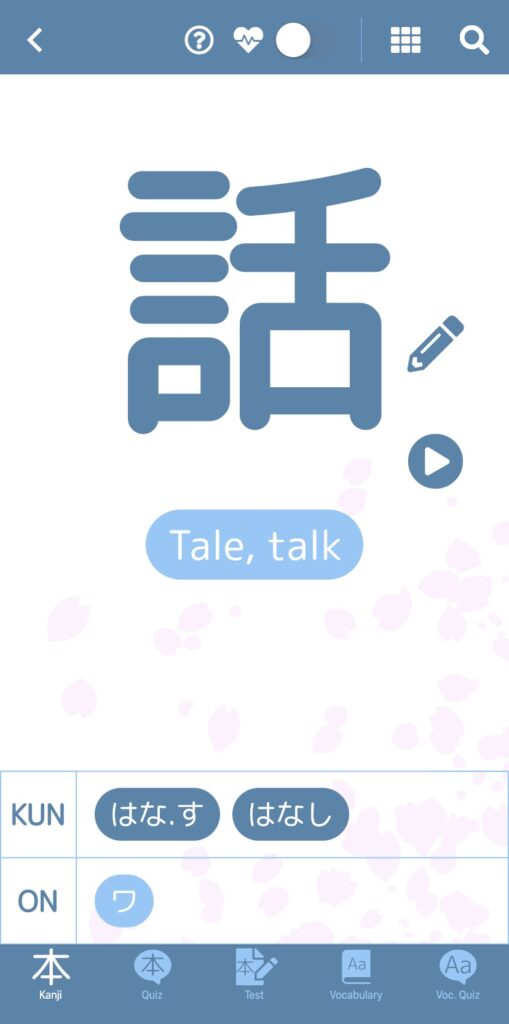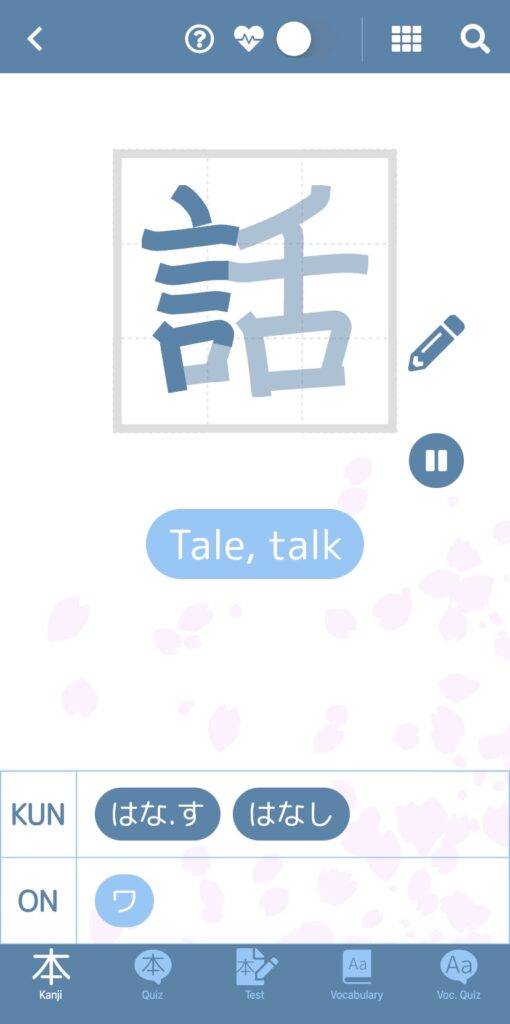You’ve probably seen them before — tiny block symbols with Japanese characters that sneak into your Android or iPhone emoji keyboard. They look official, almost cryptic. These aren’t random at all. They’re part of the Japanese Kanji emoji series. But why do these even exist to begin with?
Well, here’s something interesting: the word emoji itself actually comes from Japanese — e (絵) meaning “picture” and moji (文字) meaning “character. For this reason, there is a heavy Japanese influence deciding over what emojis would have been created. Kanji is a big part of the Japanese Language, and this pictographic language was created more or less for the purpose that emojis serve today. Thus, there are some useful kanji characters that were directly transferred into the emoji language.
If you’ve ever been curious about the meanings behind these Japanese Kanji emojis, you’re in the right place. Here’s a closer look at some of the most commonly used examples.
The Japanese Origins of Emoji
In kanji, emoji is written as 絵文字(emoji), which literally can be translated to “drawn language characters”. Breaking down each character: 絵 (e) means art or drawing, 文 (mo or bun) means language or sentence, and 字 (ji) means character. So, the definition of emoji perfectly fits what they are: a set of pictograms that can represent certain emotions, or even words. Now they have become one of the most common ways to communicate online around the world.
The first set of 90 emojis was first released in 1997 by Softbank. However, there is actually a rather complicated evolution of emojis that were created and released with different models of communication devices at that time, most of which didn’t use standard operating systems. People often cite Shigetaka Kurita as being particularly influential in creating the emojis we use today.
The Influence of Kanji and Japanese Culture on Emojis
Kurita’s emojis, along with others, made the designs based on manga, which had recognizable facial expressions using very simple, easy-to-replicate images. Additionally, emojis we know today were partly inspired by kanji, which attempt to capture certain ideas using simplified symbols of certain objects, places, or even emotions.
It might be hard to imagine now, but if you look at the origin of kanji, it might reveal how many of them derive from pictographs. That’s why most kanji characters already have a meaning associated with them, unlike letters (like the English alphabet), which don’t have meaning on their own.
Even to this day, the influence of Japan and Japanese culture can be seen in the emojis you use on your iPhone, Android, and communication apps. You can find Japanese snacks like dango 🍡 and even emojis for kanji. For example, this emoji, 🔰, is a Japanese image for beginners, but it can be found on most emoji keyboards and emoji sets outside of Japan.
If you want to know more about Japanese writing systems, check out our blog on Hiragana, Katakana, and Kanji.
15 Most Common Kanji Emojis
Now, let’s get into our list of kanji emojis you may (or may not) have seen and discover exactly what each one means.
1. 🈶️ 有 (ある): To Have
This emoji is just the kanji for ある (aru), which means “to have.” Usually, the emoji drops the “る” (ru) from 有る, so it’s only left with the kanji character, 有 (yuu). You can use the emoji to simply say you have something. This emoji can also mean “charge applies” or “not free” since it’s also a part of the word 有料 (yuuryou) meaning “there is a fee.”
Examples:
🈶Wi-Fi
Wi-Fi available
🈶駐車場 (chuushajou)
Parking available
2. 🈚️ 無 (ない): To Not Have
This kanji emoji is the opposite of 🈶. It means “not have”, “not exist”, or “(something) not available”. It comes from the kanji for 無し(nashi) or 無い (nai). You can also use it to mean something is free, which comes from the word 無料 (muryou).
Examples:
🈚 Wi-Fi
No Wi-Fi
3. 🈸️ 申 (もうしこむ): Application, To Apply For
The character 申 (shin) means application or request, but in conversation and writing (not as an emoji), the character is usually expressed as 申しこうむ (moushi koumu). This character is used to say when you apply for something like a job or send a request.
Examples:
🈸 受付 (uketsuke)
Applications accepted
🈸 フォーム
Application form
If you are looking to apply for jobs in Japan, learn how to write a Japanese resume (rirekisho).
4. 🈺️ 営 (えいぎょう): In-service or Open
Coming from the word, 営業 (eigyou), this kanji emoji means “open for business” and is usually preceded by business hours. In Japan, you often find the phrase 営業中, which means “open for business”, on signs of entrances. The emoji 🈺️is just the equivalent of that, often found on business social media pages or posts. The 🈺 Unicode 6.0 in 2010.
Examples:
🈺 時間:9:00 – 18:00
Business hours: 9:00 – 18:00
5. 🈷️ 月 (つき): Moon or Month
Derived from the kanji for “moon” or “month,” this emoji is often associated with monthly fees or cycles. You might find this emoji used to indicate an event occurring monthly. This emoji is also commonly used on subscription ads or billing notifications, symbolizing something billed monthly.
Examples:
🈷️ 会費 (kaihi)
Monthly membership fee
🈷️ 払い (tsukibarai)
Monthly payment
6. 🉑️ 可 (か): Permitted or Doable
This emoji represents permission or approval. It’s based on 可, meaning “possible” or “permitted.” It can be used to say “yes” to a proposal, signify acceptance, or to emphasize motivation — literally that anything is possible!
Examples:
🉑️ ペット (petto)
Pets allowed
🉑️ 使用 (shiyou)
Use permitted
7. 🉐️ 得 (とく): Offers, Merit, or Discount
Coming from the kanji 得 (toku), meaning “benefit” or “advantage.” It’s commonly used in the context of getting a good deal or getting a personal gain out of something, both literally and figuratively. You will often find this emoji in sales or promotional materials to show a special deal.
Examples:
🉐️ セール (seeru)
Bargain sale
🉐️ 情報 (tokujouhou)
Special offer information
8. ㊙️ 秘 (ひみつ ): Secret
Have you ever noticed the little Japanese character “秘” in texts or stickers and wondered what it meant? It stands for “secret” or “confidential.”
In everyday Japanese, you might see it as part of マル秘 (maruhi), which literally means “top secret” or “classified.” It’s often used in documents, signs, or even playful contexts to indicate something hidden or private.
Interestingly, マル秘 made its way into the digital world quite early. It was officially approved as part of Unicode 1.1 back in 1993. Later, in 2015, it joined the ranks of emojis in Emoji 1.0.
9. ㊗️ 祝 (いわう): To Celebrate
This emoji expresses congratulations, coming from the word 祝う (iwau), meaning “to celebrate.” You usually use this emoji to express celebration for events such as birthdays, marriages, or achievements.
Examples:
㊗️ 新年 (shinnen)
Happy New Year
㊗️ 結婚 (kekkon)
Congratulations on marriage
10. 🈴️ 合 (ごうかく): To Pass a Standard
The 🈴 合 emoji, also known as the Japanese “passing grade” button or simply the “pass emoji,” features the kanji 合 in white on a red rectangular background. You’ll often see it on exam-related posts, symbolizing good results or success.
It was originally from Japanese mobile phones, but over time, it has become available on smartphones, computers, and social media platforms worldwide. It was officially added to Unicode 6.0 in 2010.
Examples:
🈴️ 試験 (shiken)
Passed the exam
🈴️ 通知 (tsuuchi)
Notice of passing
11. 🈹️ 割 (わり): Price Cut
This emoji is from 割引 (waribiki), meaning “discount.” It’s most often used to promote sales and price reductions or just to communicate that something is on sale. You’ll find this on store flyers, e-commerce banners, and digital coupons. This character is part of the CJK (Chinese, Japanese, Korean) ideographs.
The 割 mark emoji was approved in Unicode 6.0 in 2010 and later added to Emoji 1.0 in 2015
Examples:
🈹️ セール
Price cut sale
🈹️ 引き
Discounted price
12. 🈲️ 禁 (きんし): Prohibited
This is just the emoji for 禁止 (kinshi), meaning “prohibited” or “forbidden.” This emoji is used to indicate that something is not allowed or restricted. In Japan, you’ll often find 禁止 signs everywhere from trains to temples, and 🈲️ works as the emoji shorthand for that.
13. 🈵️ 満 (まん): No Vacancy
This emoji means “full”, “no vacancy”, or “fully occupied”. This character is often used to indicate that a place or service is at full capacity. However, people often use the emoji to communicate over messages to say they are stuffed after eating or that something is sold out.
Examples:
🈵️ 駐車場 (chuushajou)
Parking full
🈵️ 室 (shitsu)
No room vacancy
14. 🈳️ 空 (うろ): Vacant
This emoji is the opposite of 🈵, meaning “vacant” or “empty.” It’s often used in Japan to indicate that a room, service, or even job is open. It’s also common to use it in contrast with 🈵️; together, they show availability status (Vacant vs Full).
Examples:
🈳️ 室 (akishitsu)
Room vacancy
🈳️ 車 (akisha)
Parking available
15. 🈯️ 指 (ゆび): Point Out or Finger
Derived from 指定 (shitei), meaning “designated” or “reserved.” You’ll often see this in Japanese train reservations (like 指定席 vs 自由席), indicating “reserved” and “non-reserved” seating.
Examples:
🈯️ 席 (shitei seki)
Reserved seat
🈯️ 定 (shitei)
Designated area
Why Are There Kanji Emojis?
The symbols we learned above originated from Japanese signage and newspapers, where short kanji terms were used to save space. When Japanese emoji sets were standardized by Unicode, these business-related icons, like 🈺, short for 営業中 (eigyou chuu) meaning “now open”, were included because they’re so common in daily life.
So, these kanji emojis play a similar role to the typical facial emojis (e.g. 😂), which work as convenient shortcuts for expressing something in a single symbol. The reason why kanji words work so well as emojis may be due to the fact that kanji by themselves already express certain meanings, so it only made sense to make them into emojis to save space and be easier to notice.
Conclusion
Kanji emojis could be thought of as tiny snapshots of everyday Japanese language and culture. Each one comes from real signage and expressions you’ll encounter all over Japan, whether at a restaurant, a station, or a convenience store.
Mastering these emojis can help you communicate more naturally with Japanese friends and add a cultural touch to your messages. But if your goal is to truly read, write, and speak Japanese like a native, nothing beats structured learning.
This is your sign to learn Japanese at Coto Academy! At Coto Academy, experienced teachers guide you through the nuances of kanji, kanji emojis, and everyday expressions, helping you gain confidence in real-world conversation.
We offer both daily intensive courses for those seeking a concentrated learning program or part-time courses offering greater flexibility, but large gains. If you’re interested, please fill out the form below!
FAQ:
What are kanji emojis?
Kanji emojis are small pictograms that use real Japanese characters to represent common words or concepts, such as “open” (🈺️), “forbidden” (🈲️), or “discount” (🈹️). They originally appeared in Japan on store signs and notices, and were later adapted into emoji form for digital use.
Are these kanji emojis actually used in Japan?
While they aren’t used as often in personal messages, they’re still very recognizable in Japan. You’ll find the same kanji on real-life signs, like 営業中 (open for business) or 禁煙 (no smoking), and businesses sometimes use them in social media posts to make announcements or sales promotions more eye-catching.
Can I use kanji emojis in everyday conversation?
Even though they aren’t used as frequently in casual chats between friends, you can use them playfully using emojis such as 🉐️ (bargain), ㊗️ (congratulations), or ㊙️ (secret). Just be mindful of the context since many of them are tied to formal or business-related terms.
Are there any similar symbol emojis in other languages?
There are some kanji emojis shared between other languages using kanji, such as Chinese, of course. However, some emojis, such as 囍 (double happiness), are exclusive in Chinese. But most kanji emojis are unique for how they directly reflect real-life Japanese phrases still used today.
What’s the difference between these kanji emojis and Japanese words typed in text?
Kanji emojis are decorative icons, not standard text. While they share the same meanings as their kanji counterparts, they’re mostly used to illustrate a concept rather than function as part of a sentence.
Love reading content like this? Be sure to check out:
